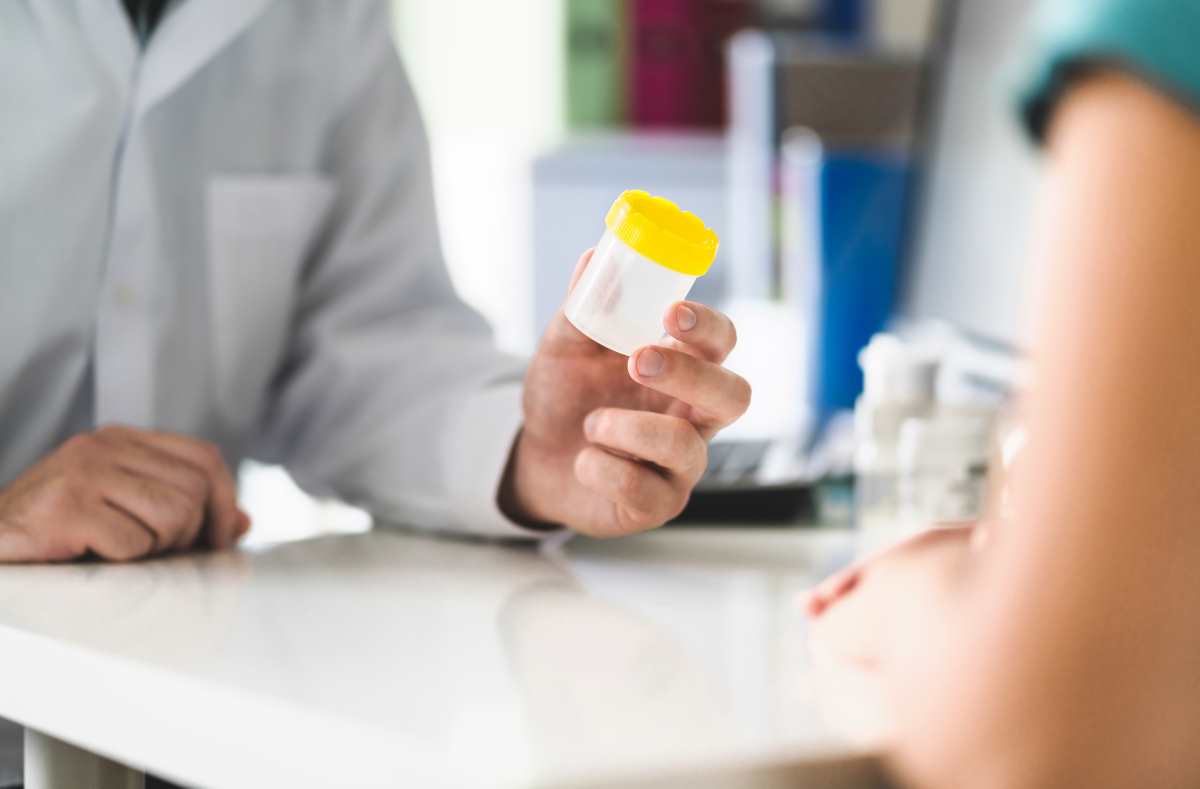In recent years, at-home drug tests have become a convenient and private method for individuals to monitor their substance use. These tests offer a quick and accessible way to check for the presence of drugs in your system without needing a visit to a medical facility. In this comprehensive guide, we will explore the various types of at-home drug tests, how they work, their accuracy, and what you can expect from them. We will also delve into hair follicle tests, a more specialized form of drug testing often requiring laboratory analysis, and discuss whether you need to cleanse your hair for such tests.
Instant Test Types
At-home drug tests come in various forms, but the two most prevalent types are urine-based and saliva-based tests. These instant tests offer a convenient and accessible means of checking for the presence of drugs in your system. Let’s explore how these tests work in greater detail.
1. Urine-Based Tests
Collection
Urine drug tests are typically conducted by collecting a urine sample in a provided container. This process requires urinating into a sterile cup or a collection device, ensuring the sample is uncontaminated.
Test Strips
Once the urine sample is collected, these tests utilize specialized test strips or cassettes. These strips contain antibodies that are specifically designed to detect the presence of specific drug metabolites or their traces in urine.
Results
The magic of urine-based tests lies in their simplicity and rapidity. After a brief waiting period, usually just a few minutes, the test results are displayed as lines or symbols on the test strip. The interpretation is relatively straightforward: two lines generally indicate a negative result (meaning that the drug of interest is not detected in the sample). In contrast, one line suggests a positive result (indicating the drug’s or its metabolites’ presence). The intensity or darkness of the lines can provide additional information about the concentration of the drug in the sample.
2. Saliva-Based Tests
Collection
A saliva-based drug test is quite similar to its urine-based counterpart in simplicity. It involves swabbing the inside of your cheek with a provided swab or swiping it along your gum line. The collected saliva is transferred to a test collection device or placed directly onto a unique test strip.
Detection
Like urine tests, saliva-based tests are designed to detect specific drug metabolites, albeit in saliva. If illegal substances are present in your saliva, the components on the test strip will react with the drug or standard components of the drug, causing a visible change in colors or patterns on the strip.
Rapid Results
One of the significant advantages of saliva-based tests is their speed. Results are typically available within a few minutes and displayed directly on the test device. While reading or reaction times for each test type vary slightly, most tests will show results within 5 minutes of contacting the urine or saliva sample.
Accuracy
The accuracy of at-home drug tests can be influenced by several factors, making it essential to understand the nuances of their reliability. These factors include the type of test, the specific drug being tested for, and the quality of the test kit itself. Here’s a brief overview of what you should know about the accuracy of at-home drug tests.
-
Urine Tests
Urine-based tests are generally accurate. They typically produce false positive or false negative results at a low rate. However, conducting the test correctly and ensuring you use a high-quality test kit is essential. Mistakes in administering the test or using a subpar kit can increase the chances of inaccurate results.
-
Saliva Tests
Saliva-based tests are also known for their accuracy when performed correctly. Similar to urine tests, the accuracy of saliva tests can be compromised if the test is not administered correctly or if a low-quality test kit is used.
-
Drug Detection Windows
Remember that the detection window for at-home drug tests can vary significantly depending on the drug being tested. Some drugs may only be detectable in your system for a few days after use, while others can be detected for several weeks. Understanding the drug’s detection window is crucial for interpreting the results accurately.
Hair Tests Require a Lab for Results
Hair follicle drug tests are a different beast altogether. Unlike instant tests, hair follicle tests cannot provide immediate results at home. Instead, hair samples collected during the test need to be sent to a laboratory for analysis. Here’s how hair follicle testing works.
Collection
During a hair follicle test, a small sample of hair is typically collected from the scalp, usually near the base of the hairline.
Laboratory Analysis
Once collected, the hair sample is sent to a laboratory, undergoing complex testing. This involves extracting and analyzing drug metabolites that may be present in the hair shaft.
Results
The laboratory will generate a detailed report of the drug metabolites found in the hair sample, including their concentrations and detection periods.

Do You Need to Cleanse Your Hair for a Hair Follicle Test?
It is recommended to cleanse your hair before a hair follicle drug test if you want to increase your chances of passing the test. Hair follicle drug tests can detect the presence of drugs and their metabolites in your hair for an extended period, often up to 90 days or more.
Cleansing your hair typically involves using a special detox shampoo to remove drug residues and toxins from the hair shaft. These shampoos work by breaking down and removing the drug molecules that may be trapped in the hair follicles. While they are not guaranteed to work, they can help reduce the concentration of drugs in your hair, making it more difficult for the test to detect them.
It’s essential to follow the instructions on the detox shampoo carefully and use it as recommended before your test. Additionally, it’s worth noting that some hair follicle tests also check for the presence of detoxifying agents, so it’s essential to use a reputable detox shampoo that doesn’t raise suspicion.
However, it’s crucial to remember that cheating or attempting to manipulate drug tests may have legal and employment consequences. I encourage individuals to make informed decisions about their actions and consider the potential consequences. Consulting with legal or employment professionals is a good idea if you have concerns about a drug test.
Conclusion
At-home drug tests offer a convenient and accessible way to monitor your drug use or that of a loved one. Instant test types provide quick results and can be easily interpreted. However, it is essential to note that while these tests are generally accurate, they may not detect all drugs or substances. For more comprehensive and reliable results, hair tests require laboratory analysis. If you are facing a hair follicle test, you should refrain from using drugs for at least 90 days before the test, as cleansing your hair may not guarantee a negative result. Take control of your health and make informed decisions by utilizing at-home drug tests to monitor and maintain sobriety.
